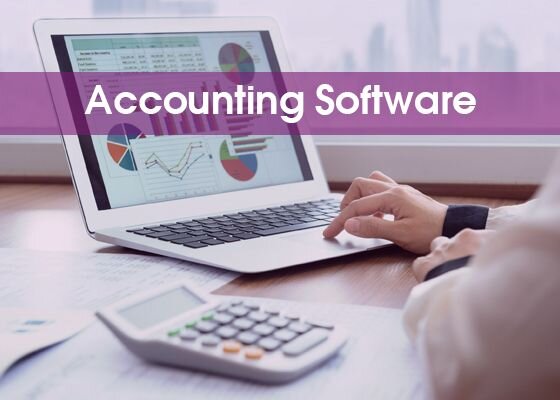
Manual accounting processes are not only time-consuming but also prone to errors that can affect financial accuracy and compliance. With the rise of advanced accounting software, businesses now have the opportunity to automate routine tasks such as data entry, invoicing, expense tracking, and reconciliation. Accounting automation streamlines workflows, reduces human error, and provides real-time financial insights—freeing up valuable time for strategic decision-making. This article explores how leveraging automation in accounting can improve efficiency, ensure accuracy, and support smarter financial management for businesses of all sizes.
Key Function
1. Automated Data Entry
Automated data entry streamlines financial processes by capturing and inputting information from invoices, receipts, and bank statements with minimal human effort. Technologies like OCR, machine learning, and API integrations help reduce manual work and minimize errors. This leads to greater accuracy, faster expense tracking and reconciliation, and improved compliance. By automating routine data tasks, businesses can enhance efficiency and free up teams to focus on more strategic financial activities.
2. Invoice Generation & Management
Invoice generation and management is a critical part of the billing process that ensures timely and accurate payments. It involves creating, sending, tracking, and storing invoices for products or services rendered. Automation tools help streamline this process by reducing manual entry, minimizing errors, and ensuring consistency in format and data. Effective invoice management improves cash flow, enhances client relationships, and supports better financial reporting. With real-time tracking and integration with payment systems, businesses can accelerate collections and maintain a clear audit trail.
3. Expense Tracking
Expense tracking is the process of recording, monitoring, and managing a business’s or individual’s spending to maintain financial control and transparency. It helps identify spending patterns, manage budgets, and ensure that all costs are accounted for and categorized correctly. Modern tools and apps automate much of this process by capturing receipts, syncing with bank accounts, and generating real-time reports. Accurate expense tracking supports better decision-making, simplifies tax preparation, and ensures compliance with financial policies.
4. Bank Reconciliation
Bank reconciliation is the process of comparing a company’s internal financial records with its bank statements to ensure accuracy and consistency. It helps identify discrepancies such as missing transactions, duplicate entries, or bank fees that may not have been recorded. Regular reconciliation is essential for maintaining accurate cash balances, detecting errors or fraud, and ensuring financial integrity. By automating this process through digital tools, businesses can save time, reduce manual mistakes, and gain real-time insight into their financial health.
5. Payroll Processing
Payroll processing is the task of calculating and distributing employee wages, along with managing deductions, taxes, and benefits. It ensures that employees are paid accurately and on time while complying with labor laws and tax regulations. Efficient payroll systems automate key tasks such as time tracking, tax calculations, and direct deposits, reducing errors and administrative workload. Accurate payroll processing not only supports employee satisfaction but also protects businesses from legal and financial risks.
6. Tax Calculation & Filing
Tax calculation and filing involve determining the correct amount of taxes owed based on income, expenses, and applicable regulations, and then submitting the required forms to tax authorities. This process includes calculating income tax, sales tax, payroll tax, and other obligations, depending on the business type and location. Automated systems help reduce errors by accurately applying tax rules, tracking deductions, and generating reports. Timely and accurate tax filing ensures compliance, avoids penalties, and simplifies audit preparation, making it a vital part of financial management.
7. Financial Reporting & Dashboards
Financial reporting and dashboards provide clear, real-time insights into a business’s financial health by organizing key data into accessible formats. Reports such as income statements, balance sheets, and cash flow statements help track performance, support decision-making, and ensure regulatory compliance. Dashboards offer visual summaries—using charts, graphs, and KPIs—that allow users to monitor trends, spot issues, and make informed decisions quickly. By automating financial reporting, businesses can increase accuracy, reduce manual effort, and gain a comprehensive view of their operations at a glance.




